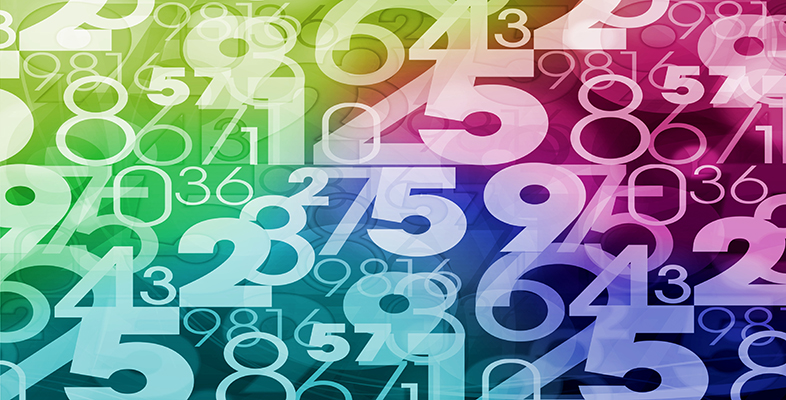5 Converting between percentages, decimals and fractions
In the next activity you’ll get some practice in converting between percentages, decimals and fractions. You may wish to do your working out on paper then put your answers in the boxes provided. Show fractions on one line using the ‘/’ symbol, so one half would be entered as ‘1/2’.
Activity 1 Converting between percentages, decimals and fractions
- a.Turn each of these percentages into a decimal and a fraction in its simplest form.
- i.10%
- ii.25%
- iii.50%
- iv.125%
- v.0.5%
Answer
a.
- i.Decimal: 10% = 0.1 Fraction:
- ii.Decimal: 25% = 0.25 Fraction:
- iii.Decimal: 50% = 0.5 Fraction:
- iv.Decimal: 125% = 1.25 Fraction:
- v.Decimal: 0.5% = 0.005 Fraction:
- b.Write each of the following fractions and decimals as percentages.
- i.
- ii.
- iii.
- iv.0.4
- v.0.0075
Answer
- b.Multiplying each fraction or decimal by 100% gives the following answers:
- i.
- ii.
- iii.
- iv.
- v.
By no means did you have to do it this way, but don’t forget that your answer must include a per cent symbol.
Percentages above 100
As you know, 100% means ‘the whole thing’, so what, therefore, do percentages over 100 mean?
Percentages over 100 can be related to top heavy fractions and to decimal numbers bigger than 1. For example, if you wanted to find as a percentage, you would do:
If you wanted to find 1.04 as a percentage, you would shift the decimal point two spaces to the right to get 104%.
But what about in real life? Well, suppose you were earning £20,000 a year and were told you were to get a 5% rise.What you started off with (the £20,000) is your full salary – so 100%. By adding 5% to it your new salary is 105% of the old one.
Now it is time to turn your attention to using percentages and find out how useful these techniques you’ve just covered are.
